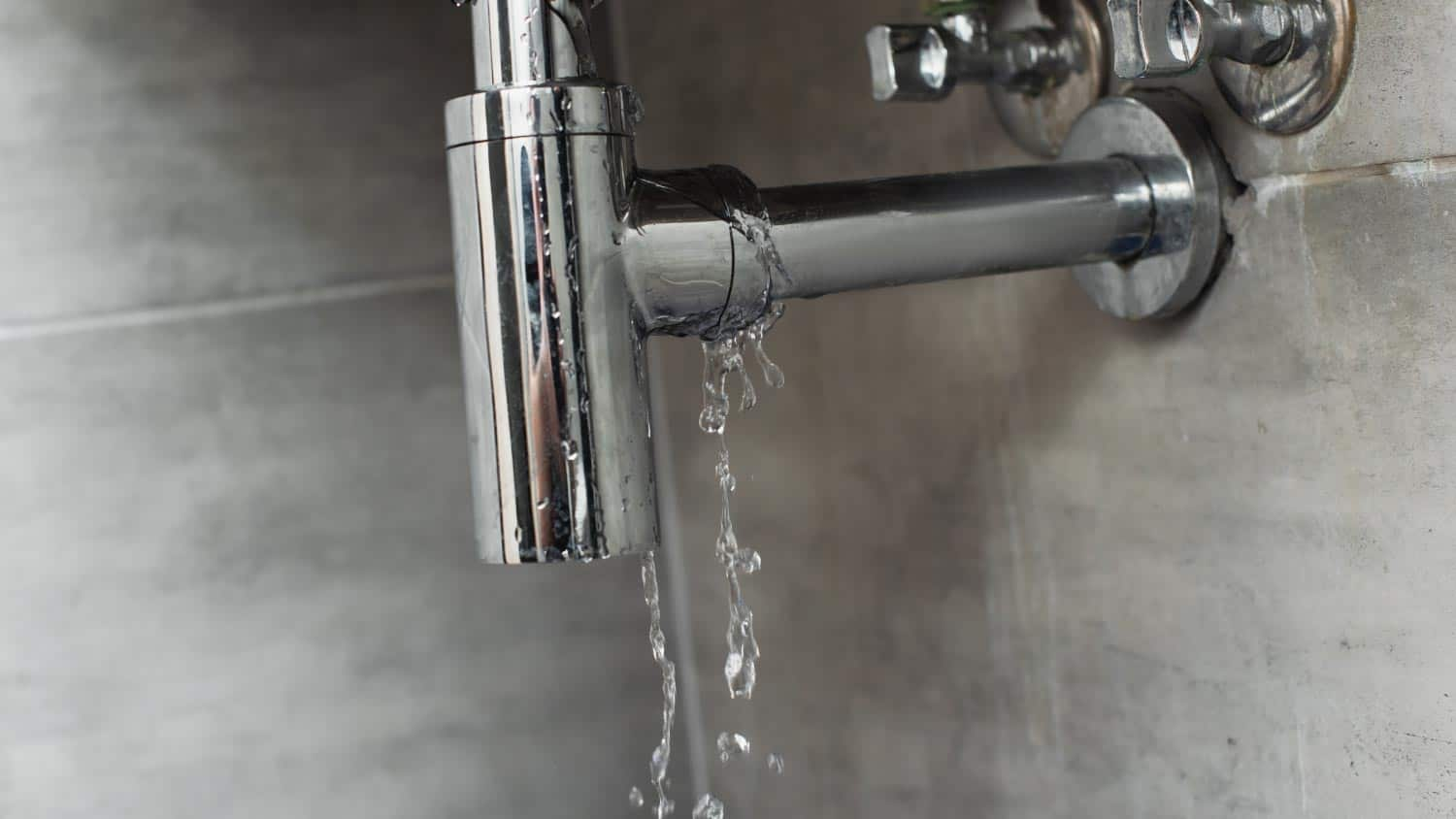6 Ways to Find Concealed Water Leakages in Your Home
6 Ways to Find Concealed Water Leakages in Your Home
Blog Article
Every person has their own unique theory with regards to Locating water leaks.

Early discovery of dripping water lines can minimize a possible catastrophe. Apart from conserving you money, it will decrease the stress as well as aggravation. The minute you locate a leakage, calling your plumber for repair work is the most effective remedy. Some little water leakages may not be visible. Below are some hacks that help if you can not identify it with your naked eyes.
1. Analyze the Water Meter
Every house has a water meter. Inspecting it is a surefire manner in which aids you find leakages. For starters, shut off all the water resources. Ensure nobody will certainly flush, utilize the tap, shower, run the washing maker or dishwasher. From there, go to the meter as well as watch if it will certainly change. Considering that no person is using it, there ought to be no activities. That shows a fast-moving leak if it moves. If you spot no modifications, wait a hr or 2 and inspect back once again. This indicates you might have a slow leak that could even be underground.
2. Inspect Water Usage
Examine your water costs and also track your water intake. As the one paying it, you should notice if there are any discrepancies. If you spot sudden changes, despite your consumption being the same, it means that you have leakages in your plumbing system. Bear in mind, your water costs need to drop under the exact same variety each month. An unexpected spike in your expense suggests a fast-moving leakage.
A stable increase every month, also with the exact same routines, shows you have a slow leakage that's likewise slowly escalating. Call a plumber to extensively inspect your residential property, particularly if you really feel a cozy area on your flooring with piping underneath.
3. Do a Food Coloring Examination
When it comes to water intake, 30% comes from toilets. If the color in some way infiltrates your bowl during that time without flushing, there's a leakage between the storage tank and dish.
4. Asses Exterior Lines
Do not forget to check your outside water lines also. Needs to water seep out of the link, you have a loose rubber gasket. One tiny leak can throw away loads of water as well as increase your water costs.
5. Analyze the circumstance as well as evaluate
Homeowners should make it a behavior to examine under the sink counters and also also inside cabinets for any kind of bad odor or mold and mildew development. These two warnings suggest a leak so prompt interest is required. Doing routine evaluations, even bi-annually, can save you from a significant issue.
Examine for discolorations and also deteriorating as most pipelines as well as appliances have a life expectancy. If you believe leaking water lines in your plumbing system, do not wait for it to escalate.
Early discovery of leaking water lines can minimize a potential calamity. Some tiny water leakages might not be visible. Examining it is a surefire method that aids you find leakages. One small leakage can waste heaps of water and surge your water costs.
If you think dripping water lines in your plumbing system, do not wait for it to escalate.
Tips for Detecting Hidden Plumbing Leaks
Check for Signs of Water Damage
We recommend that you check the following places for evidence of water damage:
Near where you store your water heater
Around your sump pump
In areas where pipes are visible
Underneath cabinetry or a vanity beneath a sink
Where your outside hose bib isIf water damage is present, you may also notice mold and/or mildew or smell a foul or musky odor. You might also be able to hear the sound of water running where it shouldn’t be.
Perform a Water Meter Test
One of the easiest ways to determine whether you have a hidden leak on your property is to test your water meter. Turn off all appliances in that use water and make sure you don’t have any faucets running. Locate your water meter and record the reading on it. Continue to leave everything off for a minimum of two hours and then go back and see the meter reading. If it’s a noticeable difference, chances are you have a hidden plumbing leak.
Monitor Your Outside Usage
As the seasons change, you might use more water to keep your yard lush and green and your flowers blooming. However, it’s important to routinely ensure that your sprinkler or irrigation system is working properly and that any outside faucets are completely off. This way you’re not wasting any water.
Do the Toilet Food Coloring Test
Are you kept up at night because your toilet continues to run? If you’ve noticed your toilet randomly refills, especially when it’s not in use, it could mean you have a defective flapper tank and water will leak into the bowl. Fortunately, there’s an easy (and kind of fun!) way to test whether you’re dealing with this issue. Grab some food coloring and add a few drops into your toilet’s tank. Wait 15 minutes and then check to see whether the water in the bowl is colored. If it is, you have a leak within your toilet and the internal assembly will need to be repaired or replaced.
https://www.carterservices.com/blog/2020/february/tips-for-detecting-hidden-plumbing-leaks/

I was guided to that write-up on Locating water leaks through an acquaintance on our other web property. Sharing is nice. You never know, you will be helping someone out. Thanks a lot for going through it.
Report this page